If you are looking for a way to waterproof your stucco, you have come to the right place. In this blog post, we will discuss several methods that you can use to waterproof your stucco. We will also discuss the benefits of each method and how to apply it properly. So, whether you are building a new home or just want to protect your existing stucco, read on for tips on how to waterproof it properly!
What Is Stucco?
Stucco is a durable material that is resistant to fire and weather damage. However, it is not waterproof and can absorb water if it becomes wet. This can lead to the growth of mold and mildew on the surface of the stucco, which can cause damage to the underlying substrate.
Waterproofing stucco can help to prevent these problems by creating a barrier that prevents water from entering the stucco. [1]
Isn’t Stucco Waterproof?
Stucco is a cement-based plaster that is applied to the exterior of homes and other buildings. It is made up of Portland cement, sand, water, and lime. It can be applied as a smooth surface or with a textured finish.
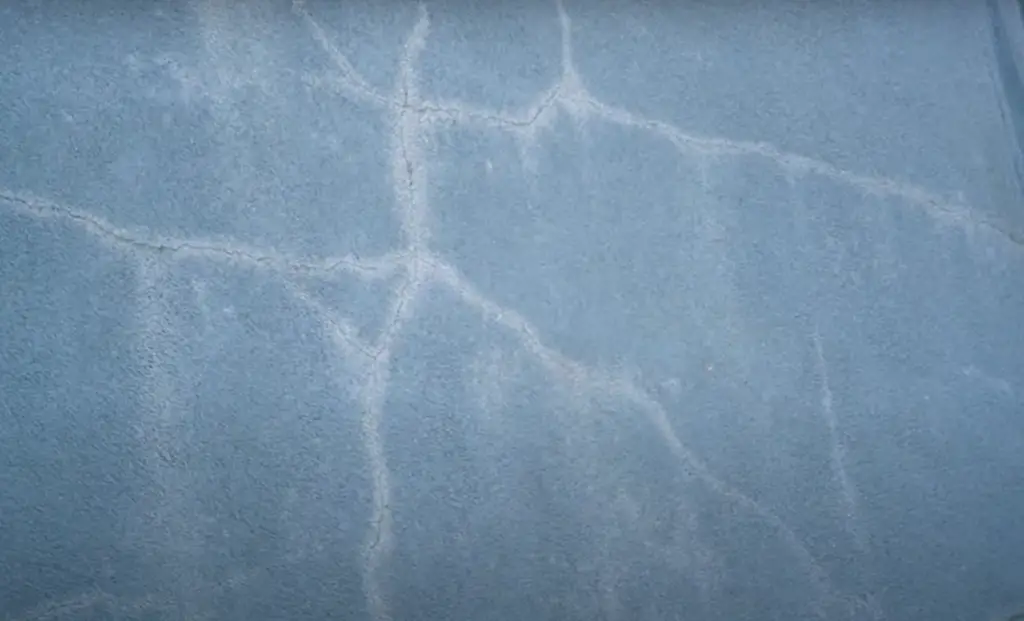
How To Waterproof Stucco?
There are a few different ways that you can waterproof stucco, depending on the level of protection that you need:
- If you just want to protect the stucco from weathering and wear, you can apply a coating of sealant. This will help to repel water and keep the stucco looking new;
- If you need more protection, you can apply a waterproofing membrane to the surface of the stucco. This will create a barrier that will prevent water from penetrating the stucco and causing damage;
- The most extreme form of protection is to apply a coat of waterproofing paint. This will provide a thick layer of protection that will keep the stucco completely dry;
No matter which method you choose, it is important to apply the waterproofing material correctly. If you do not follow the directions, you may not get the level of protection that you need.
Here are some tips for applying each method.
Sealant:
- Clean the stucco surface with a power washer or hose to remove any dirt, dust, or debris;
- Allow the stucco to dry completely before applying the sealant;
- Apply the sealant evenly with a brush, roller, or sprayer;
- Follow the manufacturer’s instructions for drying times and recoating intervals;
Waterproofing Membrane:
- Start by applying a primer to the stucco surface. This will help the membrane to adhere better;
- Apply the membrane according to the manufacturer’s instructions;
- You may need to use a heat gun or other tool to apply the membrane evenly;
- Be sure to smooth out any wrinkles or bubbles;
- Allow the membrane to dry completely before painting or sealing;
Waterproofing Paint:
- Clean the stucco surface with a power washer or hose to remove any dirt, dust, or debris;
- Allow the stucco to dry completely before painting;
- Apply a layer of primer before painting. This will help the paint to adhere better;
- Apply the paint in even strokes with a brush, roller, or sprayer;
- Follow the manufacturer’s instructions for drying times and recoating intervals;
By following these tips, you can ensure that your stucco is properly waterproofed and protected from the elements. [3]
Multiple Layer Stucco Installation
The most effective way to waterproof stucco is to create a barrier between the stucco and the elements. This can be done by installing a multiple-layer stucco system. A multiple-layer stucco system typically consists of an elastomeric basecoat, metal lath, and a portland cement topcoat. The elastomeric base coat acts as a water-resistant barrier, while the metal lath provides support for the topcoat.
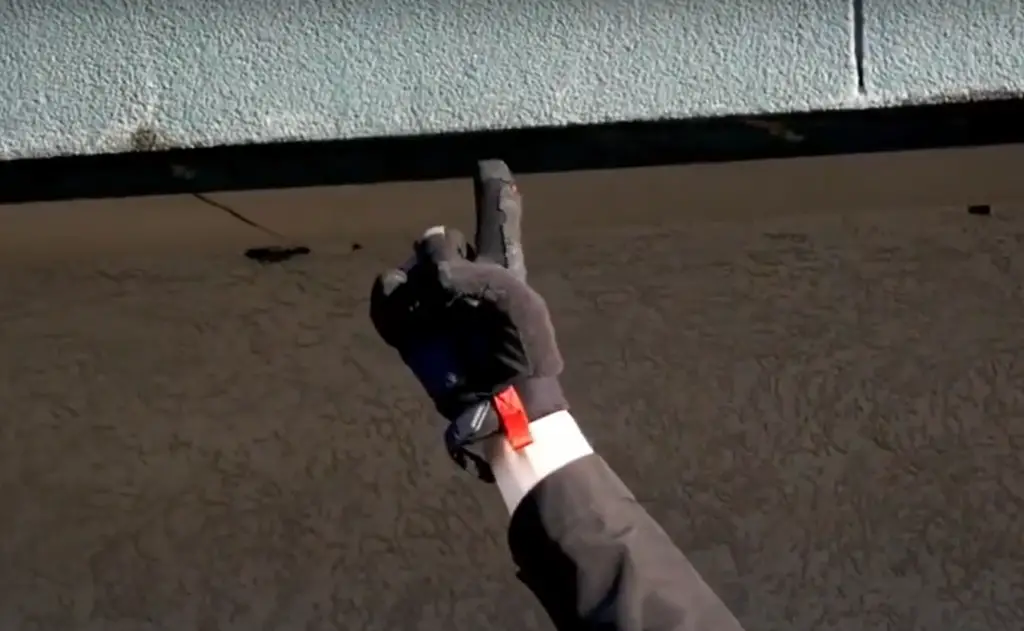
In order for the multiple-layer stucco system to be effective, it must be installed properly:
- First, the surface must be prepared properly. All loose material must be removed and the surface should be cleaned thoroughly;
- Next, the elastomeric base coat should be applied evenly to the surface. Once the base coat has been applied, the metal lath can be installed;
- Finally, the portland cement topcoat should be applied. If you are not confident in your ability to install a multiple-layer stucco system, you can hire a professional contractor to do it for you. Make sure to hire a qualified and experienced contractor to ensure that the job is done properly;
What Is the Difference Between a Waterproofer and a Water Sealer?
When it comes to stucco, there are two different types of products that are used in order to protect it from water damage: waterproofers and water sealers. Both of these products serve an important purpose in protecting stucco, but they work in very different ways.
Water sealers, on the other hand, are designed to be applied to the joints and cracks in stucco in order to seal out water. Water sealers can be applied to both new and existing stucco, but they are typically only used on surfaces that have already been waterproofed.
So, which one should you use? If you’re looking to protect your stucco from water damage, the best course of action is to use both a waterproofer and a water sealer. By using both products, you’ll create a physical barrier against water damage as well as seal any potential entry points for water. [4]
Stucco Types
There are two main types of stucco: Portland cement-based and lime-based. Portland cement-based stucco is the most common type used in home construction. It is made with Portland cement, sand, water, and sometimes a small amount of lime. Lime-based stucco is made with hydrated lime, sand, water, and sometimes a small amount of portland cement. [5]
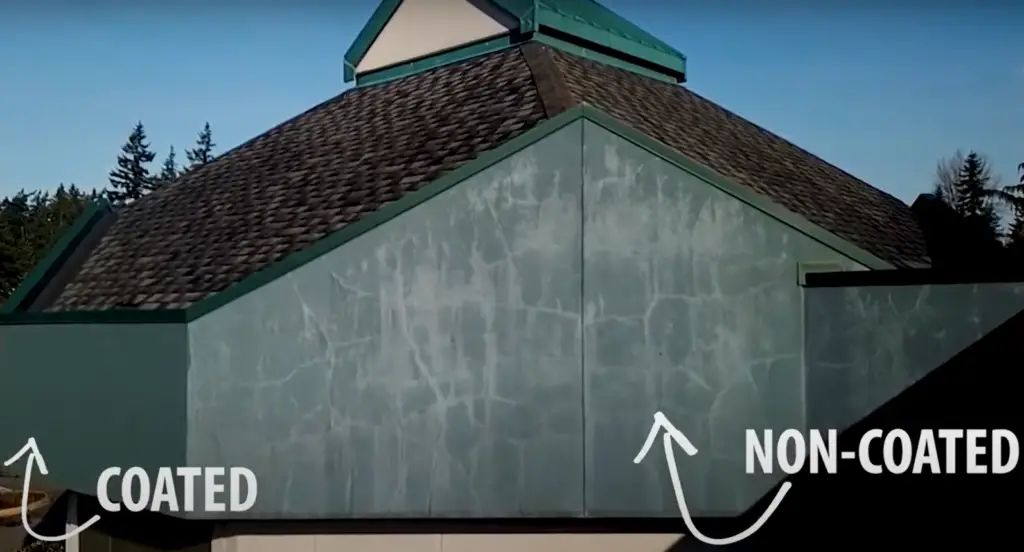
Stucco Finish Coats
The finish coat is the layer of stucco that you see on the outside of homes. It is usually about 1/8 inch thick and can be textured or smooth. The color of the finish coat is determined by the type and color of the mortar or cement used.
Stucco Base Coats
The base coat is the layer of stucco that is applied to the wall before the finish coat. It is usually about 1/4 inch thick and can be made from Portland cement or lime. The base coat provides a surface for the finish coat to adhere to and helps to waterproof the wall.
Maintenance and Care
It is important to properly maintain and care for your stucco in order to keep it looking its best and to extend its lifespan. Here are some tips:
- Inspect your stucco regularly, especially after heavy rains or storms, for any cracks or damage. If you see any damage, repair it immediately to prevent water from seeping in and causing further damage;
- When cleaning your stucco, use a soft brush or hose attachment to avoid damaging the surface. Avoid using harsh chemicals or cleaners as they can also damage the stucco;
- In order to protect your stucco from the elements, apply a waterproof sealant every few years. This will help to extend the lifespan of your stucco and keep it looking its best;
- If you live in an area with severe weather conditions, it is important to take extra care of your stucco. Check for any damage after storms and repair immediately. You may also want to consider applying a thicker layer of waterproof sealant to provide additional protection;
- Remember that stucco is a durable material, but it still requires proper care and maintenance in order to last for many years. By following these tips, you can ensure that your stucco will look great and last for a long time;
Alternatives to Stucco
If you’re looking for an alternative to stucco, consider one of these options:
- EIFS (Exterior Insulation and Finish System): This type of system consists of a layer of insulation that’s covered with a waterproofing material and then finished with a decorative coating;
- Hard coat stucco: This type of stucco is made with portland cement, sand, and water. It’s mixed to a thicker consistency than traditional stucco and applied in two or three coats;
- Limewash: This is a slurry made from hydrated lime and water. It’s applied to masonry surfaces and gives them a white, chalky appearance;
- Masonry sealer: This is a clear or tinted sealer that’s applied to masonry surfaces to protect them from weathering and staining;
- Paint: A coat of paint will provide some protection to masonry surfaces, but it won’t waterproof them [6];
What Products Can’t Be Applied on Stucco?
There are a few products that can not be used to waterproof stucco. One product is acrylic latex caulk. This type of caulk will not adhere to stucco and will eventually peel off.
Another product that should not be used is silicone caulk. Silicone caulk will also not adhere to stucco and can cause staining.
Finally, bituminous products, such as tar paper or asphalt-based products, should not be used on stucco because they can trap moisture and lead to rot.
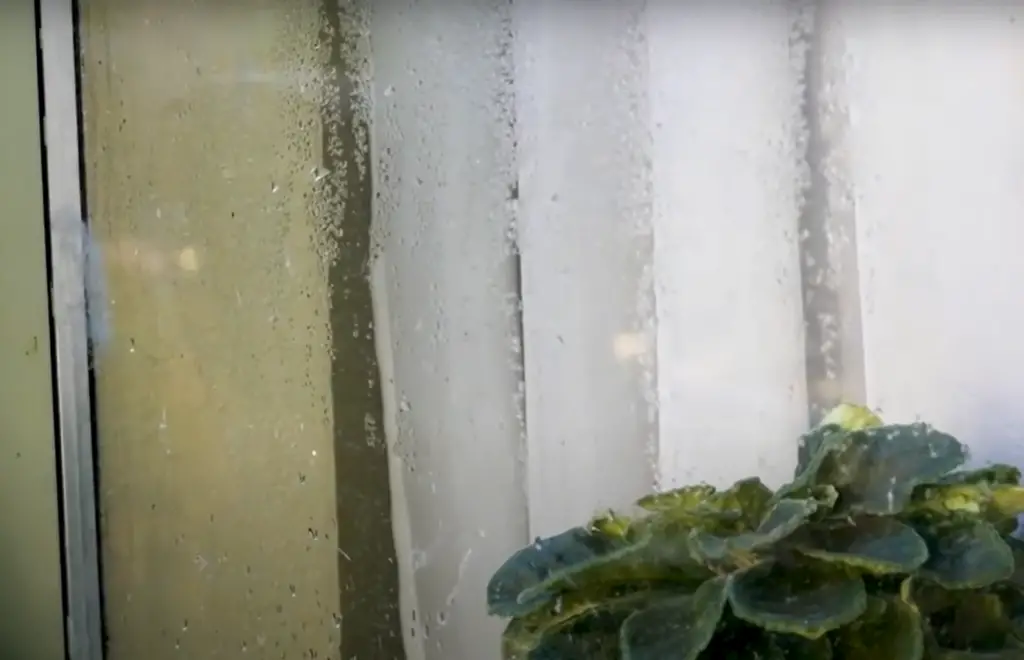
If you’re unsure about what product to use, it’s best to consult a professional before proceeding with any type of waterproofing project.
Common Tips on Waterproofing Stucco:
- Inspect the stucco for any cracks or holes. These need to be repaired before waterproofing can take place;
- Choose a day when it is not going to rain for at least 24 hours;
- Pressure wash the stucco to remove any dirt or debris that may be on the surface;
- Mix the waterproofing sealer according to the manufacturer’s instructions;
- Apply the waterproofing sealer to the stucco using a brush or roller, making sure to cover all of the cracks and holes;
- Allow the sealer to dry completely before applying a second coat, if necessary;
- Enjoy your newly waterproofed stucco;
FAQ
Do I need to waterproof the stucco?
Yes, stucco should be waterproofed to protect it from the elements. Waterproofing will also help to keep your stucco looking its best by preventing mold and mildew from growing on the surface.
How do I waterproof stucco?
To waterproof stucco, you will need to apply a water-resistant barrier to the surface. This can be done by painting the stucco with a waterproofing sealant or coating. You may also need to install a drainage system around the perimeter of the stucco to ensure that water does not build up against the walls.
What are some signs that my stucco needs to be waterproofed?
If you notice any cracks or damage to the stucco, it is likely that water has gotten into the wall. This can cause the stucco to deteriorate and may lead to mold or mildew growth. If you see any of these signs, you should waterproof your stucco as soon as possible.
How often should I waterproof my stucco?
You should typically waterproof your stucco every 3-5 years, or as needed if you notice any damage or cracking.
How do you prevent water damage on stucco?
To waterproof stucco, you need to apply a sealer. This will protect the stucco from water damage and keep it looking good for years to come. There are two types of sealers that can be used on stucco: penetrating and surface-level. Penetrating sealers penetrate into the pores of the stucco and form a barrier that prevents water from entering. Surface-level sealers form a protective layer on top of the stucco that repels water.
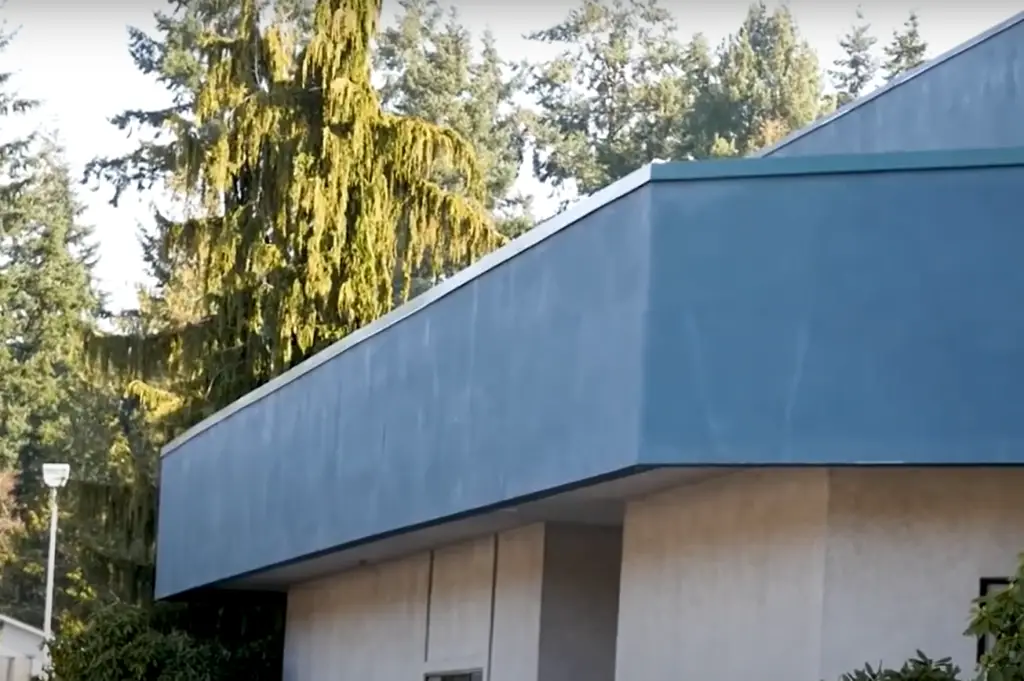
Which type of sealer you use will depend on the condition of your stucco and your personal preferences. If your stucco is in good condition, a surface-level sealer may be all you need. If your stucco is in poor condition, a penetrating sealer may be necessary to prevent water damage. To apply a sealer to stucco, you will need a brush or roller. Start by wetting the stucco with a hose to prevent the sealer from drying too quickly.
Then, apply the sealer evenly over the surface of the stucco. Allow the sealer to dry for 24 hours before wetting the stucco again. With proper care, your stucco will last for many years. By waterproofing it, you can ensure that it will continue to look great and protect your home from water damage.
What happens if water gets behind the stucco?
If water gets behind the stucco, it can cause the stucco to crack and fall off the wall. To prevent this from happening, you need to waterproof your stucco. There are a few different ways that you can waterproof stucco, such as:
- Apply a sealer to the stucco;
- Use a waterproofing agent;
- Apply a waterproofing membrane;
- Install drainage systems;
- Use proper flashing techniques;
- Inspect the stucco regularly for any signs of damage or leakage;
Can Drylok be used on stucco?
Yes, Drylok can be used on stucco. It is important to note, however, that because stucco is a porous material, it will require more coats of Drylok than other surfaces. Also, be sure to allow the first coat of Drylok to completely dry before applying additional coats.
Useful Video: Can you waterproof stucco from the inside out?
Conclusion
Stucco is a popular building material that is used on both the exterior and interior of homes. While it is durable and easy to maintain, stucco is not waterproof. Water can seep into the pores of the stucco and cause damage to the underlying structure.
To waterproof stucco, you will need to apply a sealer. There are many different types of sealers available, so be sure to choose one that is designed for use on stucco. Apply the sealer according to the manufacturer’s instructions and allow it to dry completely before painting or applying any other type of finish.
Hopefully, this article has provided you with the information you need to waterproof your stucco surfaces. By taking the time to seal the stucco, you can protect your home from water damage and extend the life of the stucco.
References:
- https://bestgapp.co.uk/news/stucco-fronted-homes-stand-test-of-time/
- https://titanstuccoaz.com/f/is-stucco-waterproof
- https://chimneyleak.com/effectively-achieve-long-term-waterproofing-stucco/
- http://www.resealindustries.com.au/whats-difference-water-proofing-wet-sealing/
- https://britishlime.org/technical/lime_in_mortars.php
- https://www.shakestoshingles.com/resources-and-links/exterior-insulation-and-finishing-system-eifs/

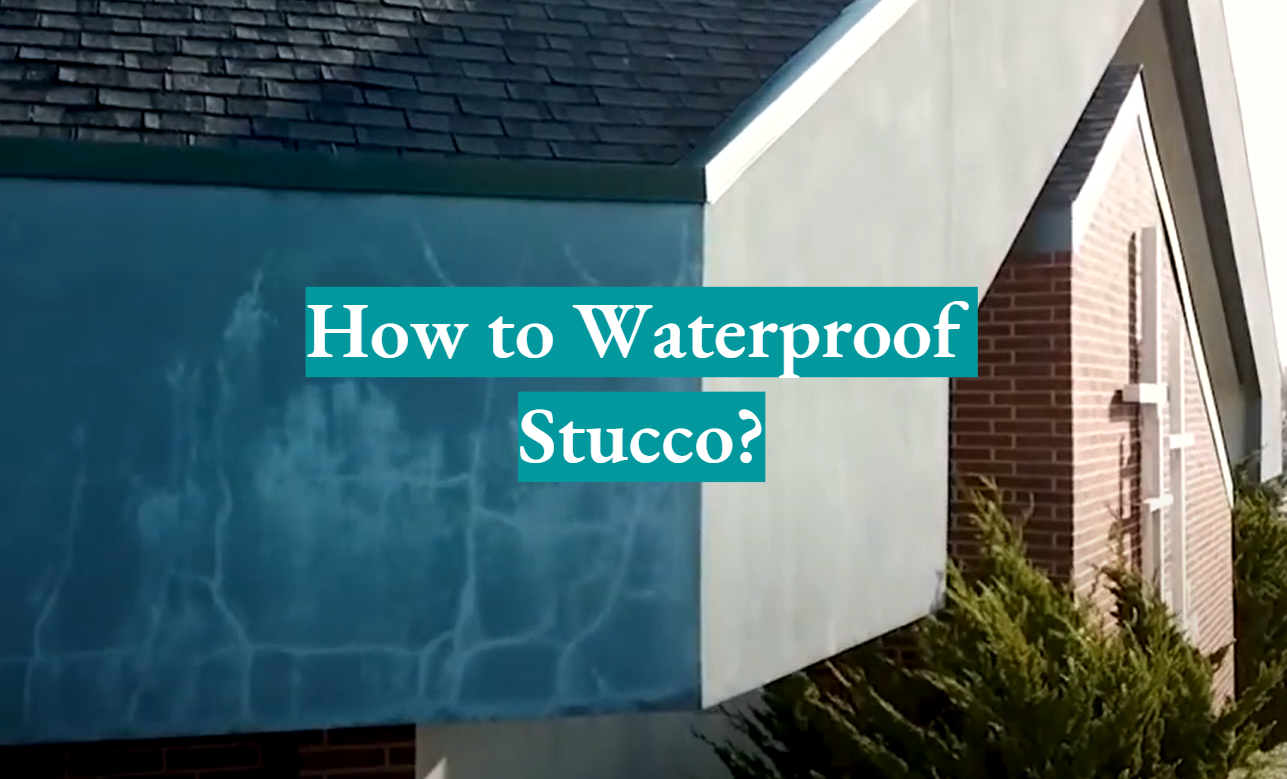
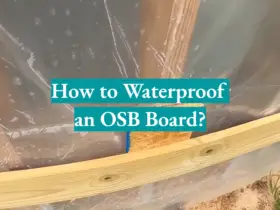



Leave a Reply